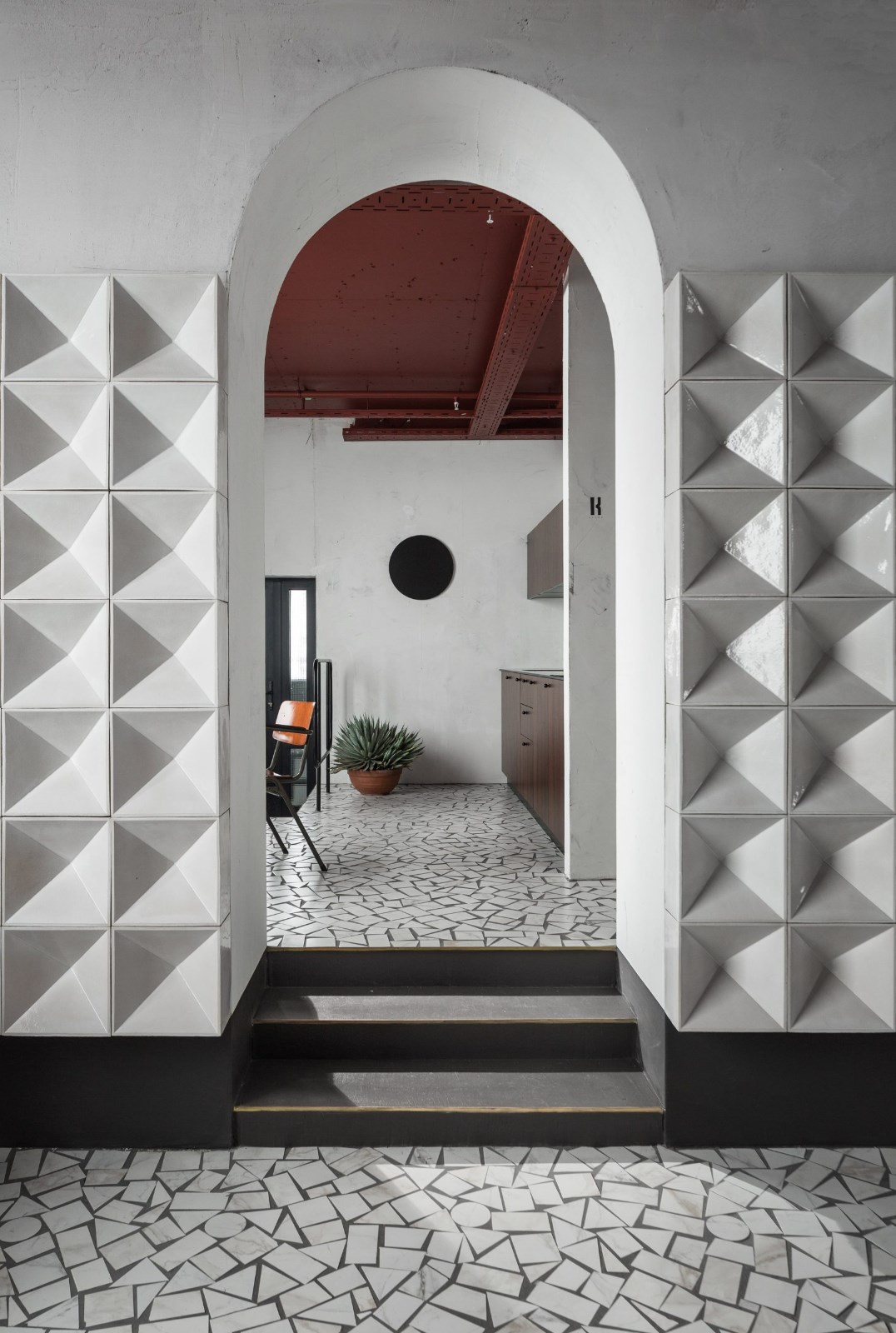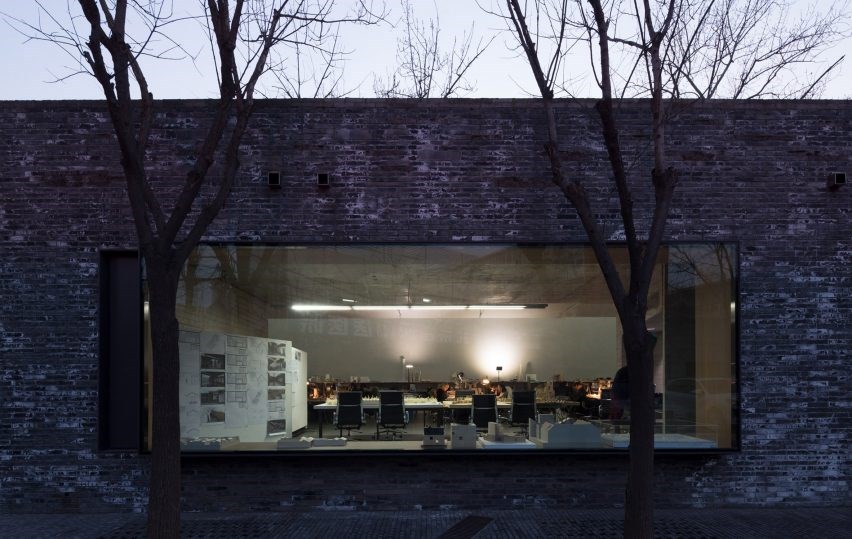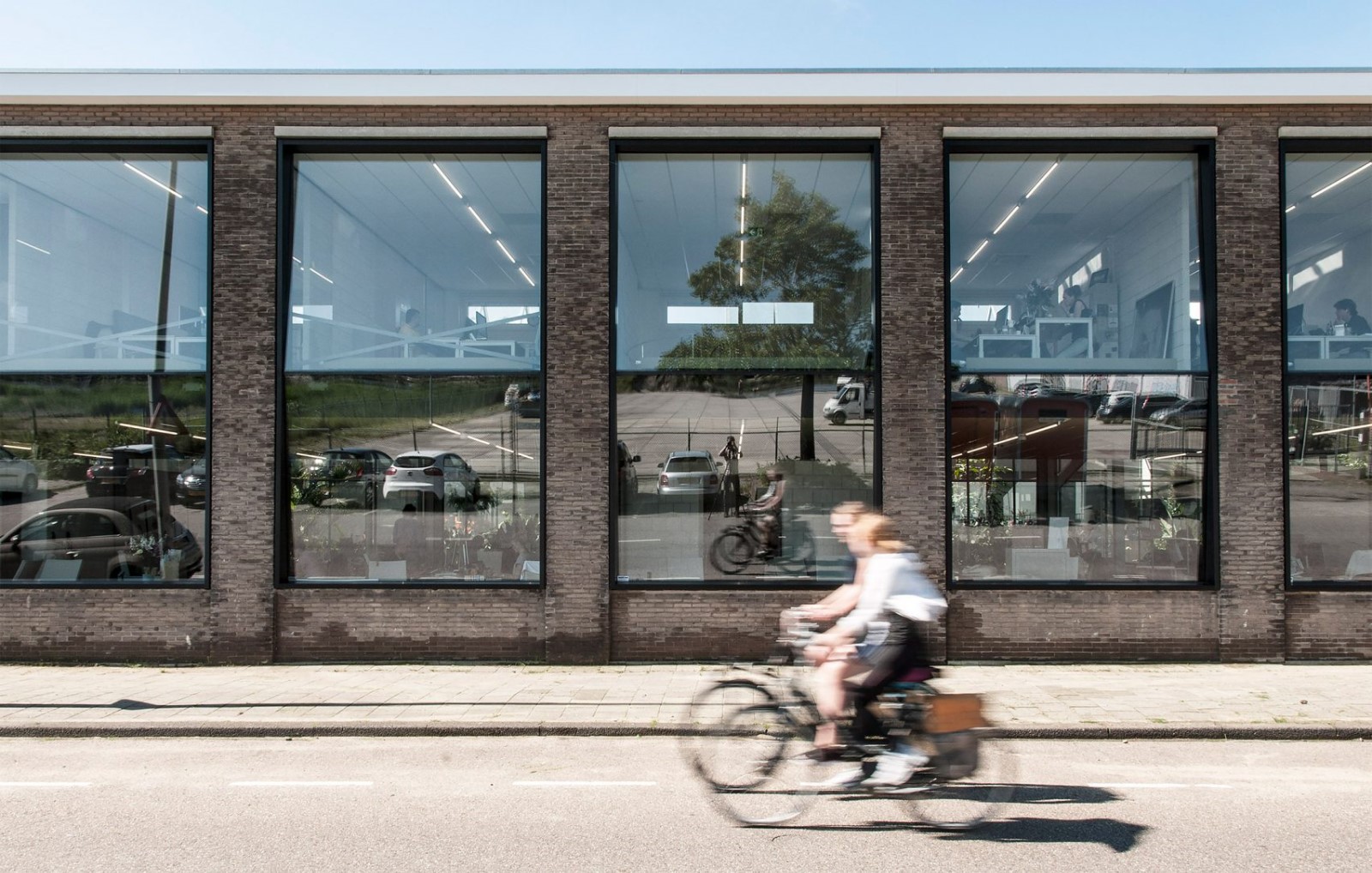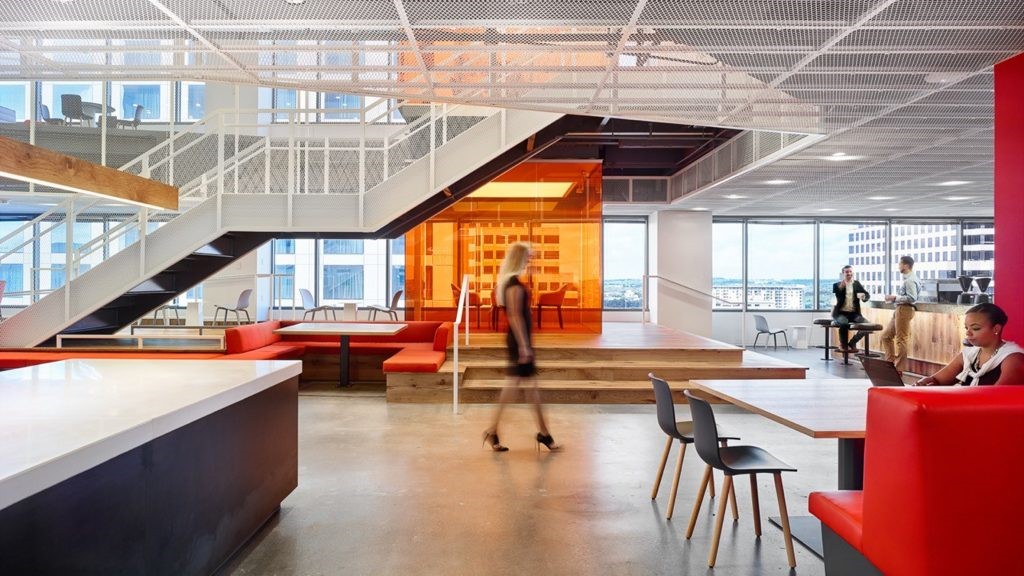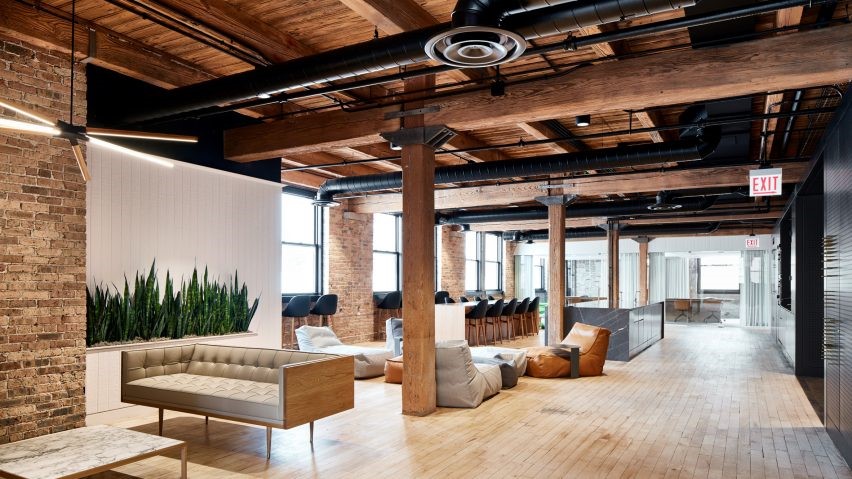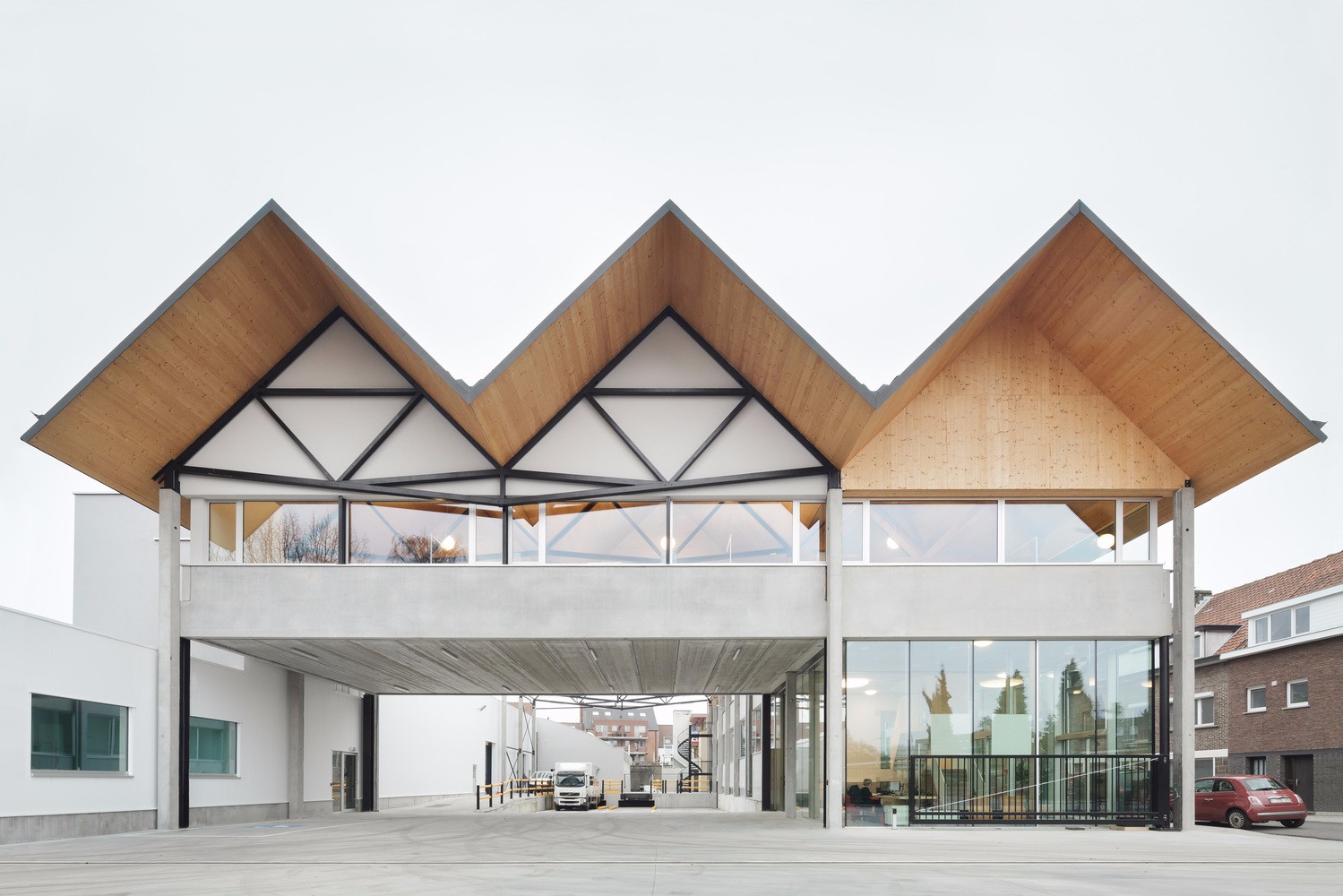The Garage Neri-Hu Design and Research Office
2016-11-28 19:00
© Pedro Pegenaute
佩德罗·佩佩诺特


“我认为今天的汽车几乎完全等同于伟大的哥特式大教堂;我指的是一个时代的最高创造,由不知名的艺术家怀着激情构思,如果不是被整个人口所使用的话,也是在图像中消耗的。”-罗兰·巴特,神话中的一件物品。
"I think that cars today are almost the exact equivalent of the great Gothic cathedrals; I mean the supreme creation of an era, conceived with passion by unknown artists, and consumed in image if not in usage by a whole population which appropriates them as a purely magical object." –Roland Barthes, Mythologies
© Pedro Pegenaute
佩德罗·佩佩诺特




© Pedro Pegenaute
佩德罗·佩佩诺特


在一个拥有2600万居民和700万辆汽车的城市里,在北京臭名昭著的交通中被困在汽车里是首都的必经之路。奈里
In a city of 26 million inhabitants and 7 million vehicles, being trapped in a car in Beijing’s notorious traffic is a compulsory experience in the capital city. Neri&Hu’s approach to the architectural renovation and interior design of an Automobile Service Center in Beijing attempts to recapture the allure and magic that was once associated with cars. Along with a café and offices, the project as a whole is conceived as a workshop space, partly raw and partly refined, it is activated throughout with the energy and spirit of the industrial era.
© Pedro Pegenaute
佩德罗·佩佩诺特


在建筑上,前导弹制造工厂在很大程度上保持完好;它的四个砖墙中的三个保持不变。通过添加新的钢架结构,增加第三层以适应客户的容量需求。展示了某种构造Candor,元素的三方-现有的砖砌、钢结构框架和插入的白色-在FASTMade上视觉上是不同的和清晰的。一系列黑色金属框架重新定义了有节奏的窗口开口,而镜像的玻璃为多数单色的基座提供了结构上的阴谋。每个车辆入口处的原始钢边玻璃车库门都标有自定义的图形和标志,以引导游客沿着建筑的距离接近100米。
Architecturally, the former missile manufacturing factory is largely kept intact; three of its four brick walls remain untouched. With the addition of a new steel frame structure, a third level is added to accommodate the client’s capacity needs. Demonstrating a certain tectonic candor, the tripartite of elements—existing brick building, steel structural frame, and inserted white volume—are visually distinct and legible on the façade. A series of black metal frames redefines the rhythmic window openings, while mirrored glass provides textural intrigue to the mostly monochromatic base. Raw steel edged glass garage doors at each of the vehicular entries are marked with custom graphics and signage to guide visitors to distinct areas along the building’s nearly 100m length.
© Pedro Pegenaute
佩德罗·佩佩诺特




© Pedro Pegenaute
佩德罗·佩佩诺特




© Pedro Pegenaute
佩德罗·佩佩诺特


位于西端的建筑外壳的白色空间里,坐着主要的功能空间-办公室、咖啡馆和汽车电梯-每个空间都用模块化的钢和网箱来表达,这是对工业存储设施的精妙诠释。阁楼平台、楼梯和走道漂浮在神秘的黑色笼子中,汽车和人们不断地四处走动。咖啡馆和汽车车间一起,在某种程度上是一种超现实的功能并置,开始产生壮观的时刻。往下看,结构梁之间,透过网状和镜子的层层,有一个暗示的后台的戏剧设置。咖啡厅的顾客可以偷窥汽车和机械师的一瞥,在享受令人愉快的茶点的同时,惊叹于他们的表现。
Sitting within the white volume of the building shell at the west end are the main function spaces—office, café, and car lift—each expressed as modularized steel and mesh boxes, a subtly refined interpretation of industrial storage facilities. Mezzanine platforms, stairs, and walkways float amidst the mysterious black cages, such that cars and people are constantly circulating about. The café and the automobile workshop together, a somewhat surreal juxtaposition of functions, begins to generate moments of spectacle. Looking back down between the structural beams, peering through the layers of mesh and mirror, there is an allusion to the back stage of a theatrical set. Patrons of the café can voyeuristically steal glimpses of the cars and mechanics, marveling at their performance while enjoying a delightful refreshment.
© Pedro Pegenaute
佩德罗·佩佩诺特


尽管混凝土和钢材调色板的残酷性,以及金属组装的朴实真实性,直接受到了工业方法的启发,但另一层华丽的质地材料-胡桃木和刷过的青铜-提供了一种热情好客的感觉。定制家具和照明件采用木板和管状钢结构的高效构造,但其材质丰富、细腻,也影响了古旧汽车的工艺质量。有了这个项目,奈里
While the brutality of the concrete and steel material palette, the unadorned authenticity of the metal assemblage, are inspired directly by the industrial approach, an additional layer of luxuriously textured materials—walnut timber and brushed bronze—provides a sense of hospitality. Custom furniture and lighting pieces adopt the efficient tectonic of wood plank and tubular steel construction, but their material richness and refined detailing also harken to the quality of craftsmanship found in antique cars. With this project, Neri&Hu attempts to break through common expectations of what some might consider a vulgar typology, to inject a sense of warmth into an industrial context, and to portray the seductive side of the ubiquitous modern machine.
After. Image © Pedro Pegenaute
之后。图像(佩德罗·佩佩诺特)


© Pedro Pegenaute
佩德罗·佩佩诺特


为提高修理店的服务效率,主要标志的策略反映出路牌的醒目和直截了当的图形。虽然主要标志是明确和直接的,第二层标志增强功能与反光。希望慢慢被发现,引号是丝网印刷在整个休息室和等候区,供顾客沉思和暂停。(鼓掌)
To facilitate the efficiency of service in the repair shop, the strategy for the main signage reflects the bold and straightforward graphics of road signs. While the main signage is clear and direct, a second layer of signage augments the functional with the reflective. Meant to be slowly discovered, quotes are silkscreen-printed throughout the lounge and waiting area for customers to ruminate and take pause.














































Architects Neri&Hu Design and Research Office
Location 11 Hepingli South Street, Dongcheng Area, Beijing,China
Category Renovation
Design Team Lyndon Neri & Rossana Hu, Nellie Yang, Jerry Guo, Brian Lo, Nicolas Fardet, Christine Neri, Siwei Ren, Haiou Xin
Area 2680.0 m2
Photographs Pedro Pegenaute
Manufacturers Loading...


















